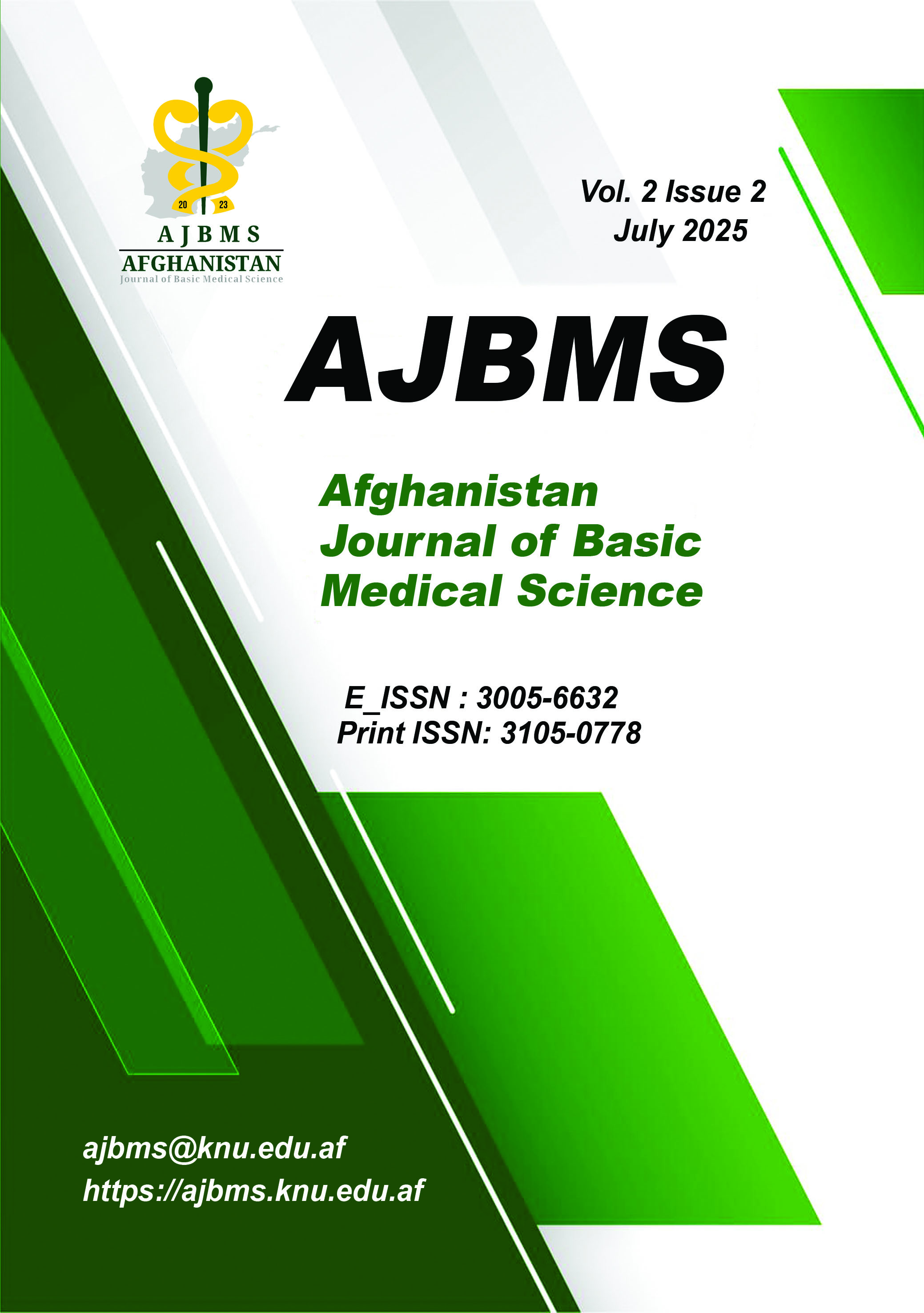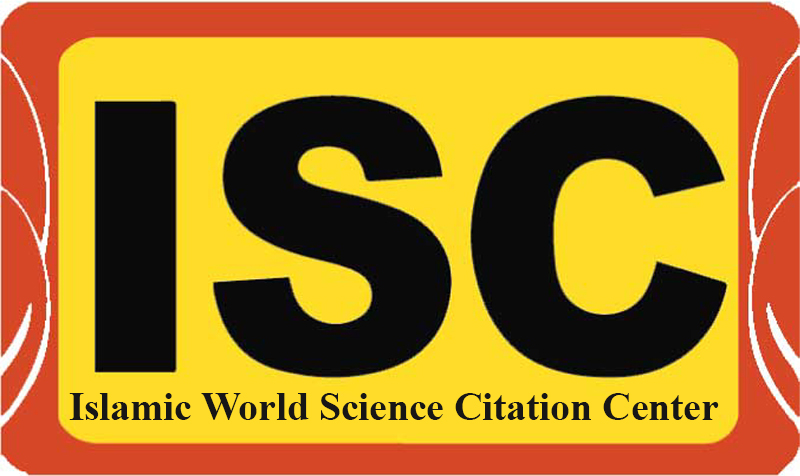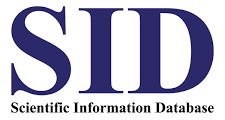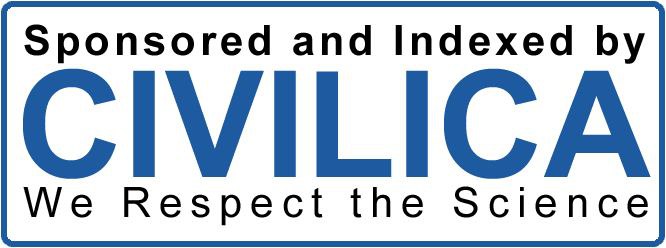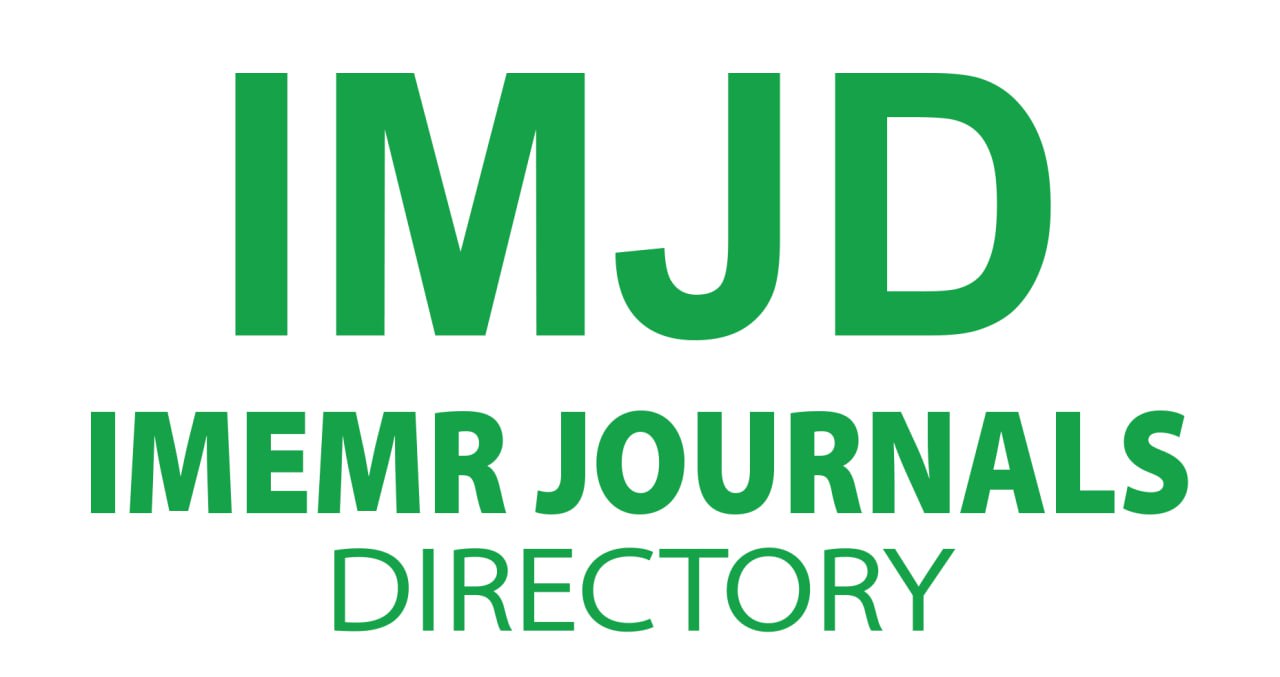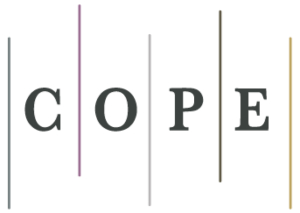Perception and Practices of University Students towards Blood Donation in Lahore Pakistan
DOI:
https://doi.org/10.62134/khatamuni.93Keywords:
Blood, Blood Donation, University Students, Pakistan, Healthcare PracticesAbstract
Background: Blood donation is essential for healthcare systems, yet voluntary donation rates remain low in many developing countries. University students, due to their accessibility and general good health, are an important demographic for donor recruitment. We aimed to assess perceptions and practices regarding blood donation
among university students in Lahore, Pakistan.
Methods: A descriptive cross-sectional study was conducted at superior university, Lahore, with 100 undergraduate students aged 18 yr or older selected through nonprobability consecutive sampling. Students with hemoglobinopathies were excluded. Data on demographics, donation history, awareness, and perceived barriers were collected through a structured questionnaire and analyzed using SPSS.
Results: Among participants, 52% were male, 57% were aged ≤21 yr, and 59% were from healthcare fields. Although 72% knew their blood group, only 22% had donated blood. Male students (P=0.002), older age (P=0.001), and non-medical fields (P=0.015) were significantly associated with donation history. Weakness (85%) was the most reported adverse effect, and fear of health problems (48%) was the most cited barrier. However, 88% expressed willingness to donate if the recipient was a relative or friend.
Conclusion: Despite high awareness and willingness, actual blood donation rates remain low, especially among females, younger students, and those in medical disciplines. The findings highlight the need for targeted educational interventions to address fears, correct misconceptions, and emphasize the safety and benefits of blood donation. Institutions should consider organizing frequent blood drives, integrating donation education into curricula, and offering recognition incentives to encourage long-term donor commitment.
Downloads
Published
How to Cite
Issue
Section
Categories
License
Copyright (c) 2025 Afghanistan Journal of Basic Medical Science

This work is licensed under a Creative Commons Attribution 4.0 International License.
